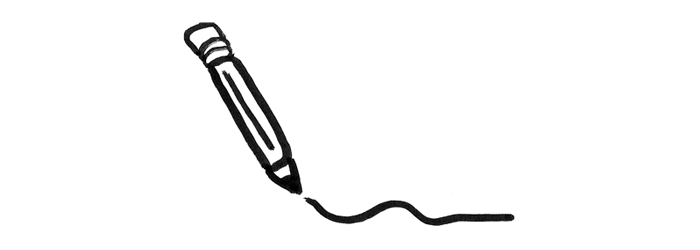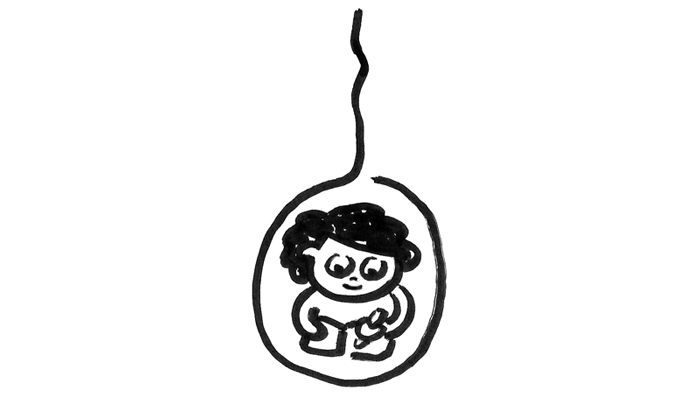
Today’s essay is inspired by the beloved poet, Mary Oliver, who passed away earlier this year. Her books have won the Pulitzer and National Book Award. While I love Oliver’s poetry, I love how she talks about the creative process even more.
I talk a lot about how important art is as a way of learning about and expressing ourselves. When talking about poetry, Oliver totally captures this belief:
“I did not think of language as the means to self-description. I thought of it as the door—a thousand opening doors!—past myself. I thought of it as the means to notice, to contemplate, to praise, and, thus, to come into power…”
–Mary Oliver, poet
Making art is not just a form of navel-gazing. It’s a way to see what’s truly inside us and around us. It’s a way to better understand our inner world and how we interact with the outer world. How can we possibly help or love or understand or care for anyone else, if we can’t help and love and understand and care for ourselves? Art has been the pathway for me to get there.

Tortoises vs. Hares
“I saw what skill was needed, and persistence—how one must bend one’s spine, like a hoop, over the page—the long labor. I saw the difference between doing nothing, or doing a little, and the redemptive act of true effort.”
–Mary Oliver, poet
One thing my art has taught me (which ironically took me years to learn) is that I’ve always been more of a tortoise than a hare. Sure, in the context of Aesop’s Fables tortoises are great, but in our current society, we’re generally not encouraged to stay tortoises. Instead, we’re told to change. We’re told to do more, do it faster, and do it better. Be a hare.
I don’t know if it’s me changing or if the world is changing, but self-improvement seems to be the new holy grail of life. Even self-care, health, and wellness have become about self-improvement and leveling up, instead of actually taking care of yourself.

But I don’t know man, I’m realizing now that I’ve always just been more of a slow burn, slow growth tortoise. I certainly tried to follow society’s advice and be a hare, but it didn’t really work out for me.
I swam competitively for most of my life and I can’t remember ever winning a race. I ran track competitively and I know for a fact that I never won a race—sometimes I would even be lapped by my competitors. I competed in pole vaulting, but I’m using the word competing pretty loosely here. I looked more like a bug-eyed koala bear hanging onto a tree for dear life than a graceful body bending and flying over the bar. I usually just knocked straight into it, belly first.
I certainly improved over time at all those things, but my rate of improvement was a whole heck of a lot slower than all the speedy hares around me. And I really was surrounded by hares, because most of the other tortoises dropped out.
But I didn’t do those things because I wanted to win. I did them because I enjoyed them and it was fun. Yeah, in the end, I never won but I bet I had a heck of a lot more fun than the hares who were constantly striving for perfection. A very similar realization happened in my art, albeit with a slightly different outcome.

When I was young I enjoyed drawing and eventually, people started telling me I was pretty good at it. But as I progressed and got to the point where I was surrounded by other hares—other people who were striving for perfection and improvement—I was suddenly a tortoise in comparison.
These people were pumping out 5-star masterpieces, and I was still struggling to get the shading right on this dumb camel I was drawing. I started comparing myself to these other students and saw how far I was lagging behind. I desperately tried to catch up and speed up my improvement, but the exact opposite happened. I stopped progressing. I started getting stuck. I began to get frustrated with drawing. It became just another way to improve myself, rather than something I enjoyed doing for the sake of it.
Continually comparing my tortoise-self to these hares blowing past me eventually led me to stop drawing. If you’ve seen my 11-year sketchbook journey video, you can see that period in my sketchbooks. I started writing notes and to-do lists and I stopped drawing. Days, weeks, and months, would go by without drawing a single doodle. I was good, but I wasn’t good enough, so why keep trying?

But now I realize my mistake. That uncertainty, that not knowing, is at the very heart of creativity. We can’t ever know what the outcome of our art making will be. And when we get in the mindset of improvement and perfection and impatience, our art becomes stalled. Art can’t grow in tight constraints and forced directions—it has to have the freedom to go wherever it wants to go.
Oliver sees poetry (and I see all art making) as a way to practice sitting with the uncertainty and ambiguity that are a natural part of life.
“Poetry cannot happen without uncertainty.”
–Mary Oliver, poet
That’s why I love Mary’s words, “I saw the difference between doing nothing or doing a little, and the redemptive act of true effort”. Eventually, I realized I had lost something I loved and I missed it, so I came back to drawing. I was finally able to see and embrace my tortoise nature.
So what if I’m not going to be the number one artist? So what if I’m not the best in my class? It doesn’t mean I should give up, and it doesn’t mean I have to settle for the rest of my life either. I can put in that true effort. I can embrace the uncertainty. I can plod along, improving as I can, taking it at my own pace, and who knows what will happen?
Maybe I’ll win in the long run after all.


